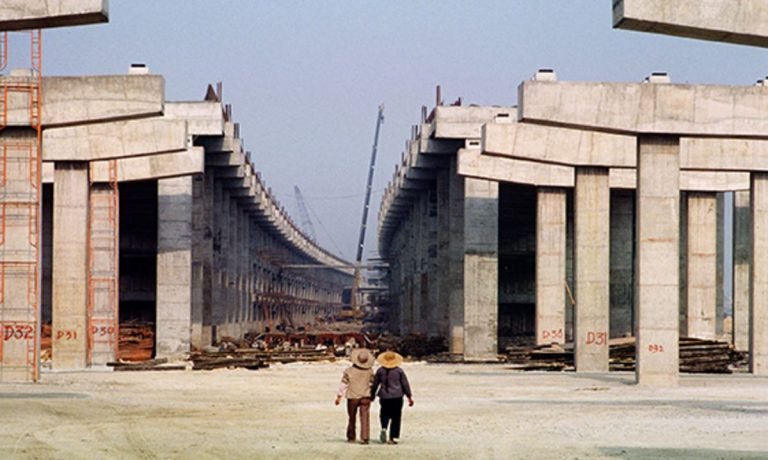
China is — but once more — trying to cope with its mountain of hidden debt. An absurd resolution has emerged: simply make it go away. However very like a landfill, it gained’t ever fairly disappear.
Earlier this month, Zhao Quanhou, a prime researcher on the Chinese language Academy of Fiscal Sciences, which is affiliated with the finance ministry, proposed that Beijing ought to dissolve a few of its off-balance sheet debt by changing it into authorized, or statutory, debt. Zhao prompt issuing authorities bonds to refinance these borrowings after which finally removing it altogether.
That will look like a measured technique to go about China’s monumental hidden debt drawback. In follow, nevertheless, it’s virtually not possible, or at the very least financially unviable, to show this troublesome debt — involving infrastructure tasks throughout the nation — into the mainstream selection that may be offered on the bond market to earn some returns.
For one, the infrastructure tasks which have incurred this debt had been by no means set as much as succeed commercially.
Building financing is premised on a venture’s capacity to generate cash. As a result of the borrowing is linked to a venture — not an organization — the debt could be moved off-balance sheet. The common money flows — from the dam or freeway or no matter is being constructed — make sure the mortgage could be repaid. It’s fastidiously structured in order that there’s enough quantities of cash flowing through the varied levels of development. Reserve funds are put in place to handle ups and downs. The borrowings include stringent covenants to chop dangers for traders. In truth, infrastructure debt can include excessive returns, since it’s long-term and never as liquid as different property like shares and bonds.
China’s provincial governments took this mannequin and tailored it to their wants. Burdened by different financial issues, they took on heaps of this off-the-books debt. It’s now estimated to be a number of instances larger than provinces’ on-balance sheet borrowings. There are not any official figures, however an area securities home lately estimated the entire excellent was at the very least 40 trillion yuan ($6.15 trillion). The provinces didn’t give the industrial viability a part of the equation a lot thought.
Right here’s the factor, the conversion that Zhao prompt can solely occur if a venture efficiently reaches completion and begins to generate money. That’s when the debt could be refinanced, repaying present lenders and bringing in a brand new set of traders on market-oriented phrases. From the get-go, not one of the drawback buildouts — predominantly in weaker areas of China — actually had nice prospects of spitting out money. There was at all times some form of expectation that the tasks would have authorities assist it doesn’t matter what. Certainly, financing fashions weren’t targeted on income era however on the worth of the land on which the venture was constructed. That proved to be unsustainable.
China’s finance ministry has tried repeatedly to handle the nation’s burgeoning native authorities debt, endlessly rolling and refinancing loans. It has run trials that enable provinces to swap out off-balance sheet borrowings. Trillions of yuan of soured money owed have been absorbed by banks. Debt will get swapped for extra of the identical however on completely different phrases. From certainly one of China’s most-indebted cities Zhenjiang in Jiangsu province to Shanxi and Hunan, a number of locality-specific plans have emerged too. But the burden persists. That’s as a result of most don’t cope with the truth that the tasks don’t generate profits and gained’t generate profits.
An infrastructure venture going belly-up is akin to a company chapter. If an organization is dissolved, the debt doesn’t simply disappear. Somebody is on the hook. Lenders take successful on their principal or promote it at a reduction, hoping there’s some worth left within the property.
It’s like a landfill. It smells and appears unhealthy. Finally it could must be capped and lined up with just a few ft of soil, within the hope that, on the very least, the land could be reclaimed. Accepting that destiny — and the price of it — would be the first step in Beijing’s hunt for an answer.
This column doesn’t essentially mirror the opinion of the editorial board or Bloomberg LP and its homeowners.
To contact the editor accountable for this story:
Howard Chua-Eoan at hchuaeoan@bloomberg.internet